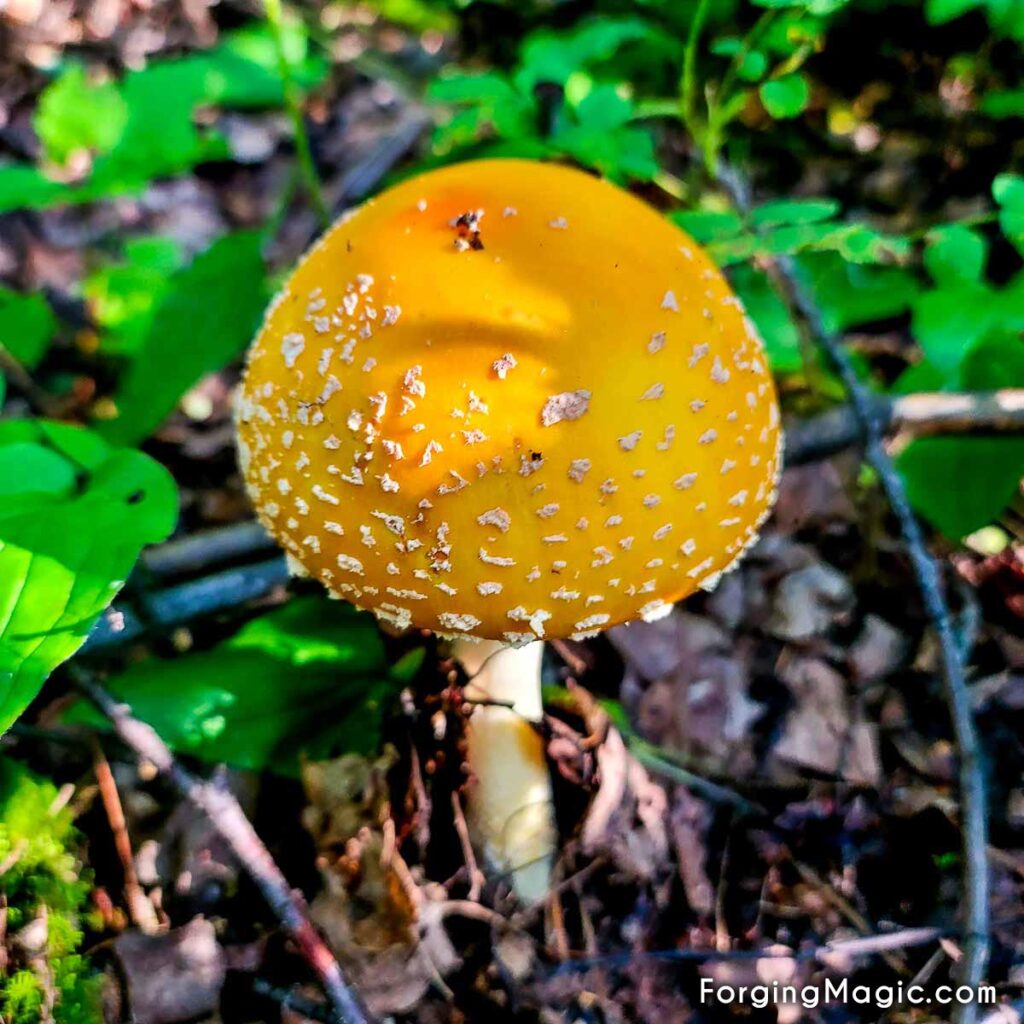The Unusual Practice of Mushrooming: Foraging Secrets in Europe
Have you ever strolled through a European forest, eyes peeled to the ground, in search of something not visible to the untrained eye? If you have, you might be part of a growing community that indulges in the unusual yet captivating practice of mushroom foraging. This age-old tradition has deep roots in European culture, where enthusiasts embark on woodland adventures, armed with baskets and an expert knowledge of fungi. In this article, we’ll delve into the secrets of mushrooming, exploring the rich history, the diverse species, and the culinary delights hidden in the heart of the forest.
The Historical Roots of Mushroom Foraging
Connecting with Nature in a Unique Way
Mushroom foraging is more than just a hobby; it’s a cultural phenomenon deeply ingrained in European history. Dating back centuries, foraging for wild mushrooms was a way for communities to connect with nature and supplement their diets. In medieval times, mushrooms were considered a delicacy reserved for the elite, while in rural areas, they were a valuable source of nutrition. Today, this practice persists as a cherished tradition, with each generation passing down the knowledge of identifying edible fungi.
The Mycological Wonderland: A Diverse Spectrum of Fungi
Beyond the Button Mushroom
When we think of mushrooms, the ubiquitous white button mushroom often comes to mind. However, the world of foraging opens up a mycological wonderland of shapes, sizes, and colors. Europe boasts a vast array of wild mushrooms, from the aromatic chanterelle to the elusive truffle. Learning to differentiate between edible and poisonous varieties is a skill that seasoned foragers develop over time. It’s not merely about finding food; it’s a journey into the intricate and often mysterious world of fungi.
Foraging Etiquette: Sustainability and Respect for Nature
Preserving the Ecosystem
As the popularity of mushroom foraging grows, so does the importance of adopting sustainable practices. Foragers play a crucial role in maintaining the delicate balance of the ecosystem. Overharvesting, especially of rare or slow-growing species, can have detrimental effects on local biodiversity. Responsible foraging involves knowing which mushrooms to pick, when to pick them, and leaving behind enough spores for the next generation. It’s a dance with nature that requires not only knowledge but also a deep respect for the environment.
From Forest to Table: Culinary Delights Await
Savoring the Fruits of the Forest
Foraging isn’t just about the thrill of the hunt; it’s also about transforming your bounty into delectable dishes. Wild mushrooms add a unique flavor profile to culinary creations, elevating simple meals to gourmet experiences. From creamy risottos with porcini mushrooms to truffle-infused oils drizzled over pasta, the possibilities are as diverse as the fungi themselves. But remember, with great culinary adventures comes the responsibility of proper identification; consuming misidentified mushrooms can lead to serious health issues.
Frequently Asked Questions (FAQs)
Q1: Is mushroom foraging legal in Europe?
Yes, mushroom foraging is generally legal in Europe, but regulations can vary by country and even region. It’s essential to familiarize yourself with local laws and restrictions to ensure responsible foraging.
Q2: Are all wild mushrooms safe to eat?
No, not all wild mushrooms are safe to eat. Some can be poisonous or cause adverse reactions. It’s crucial to have a thorough understanding of mushroom identification or learn from experienced foragers before consuming any wild mushrooms.
Q3: Can I forage for mushrooms in city parks or private land?
Foraging rules often apply to public spaces, and private land requires permission from the landowner. City parks may have regulations against foraging, so it’s essential to check local laws and obtain permission when necessary.
Embark on your mushrooming journey with a sense of adventure, a respect for nature, and a hunger for the culinary treasures hidden in the heart of the European forest. Happy foraging!

